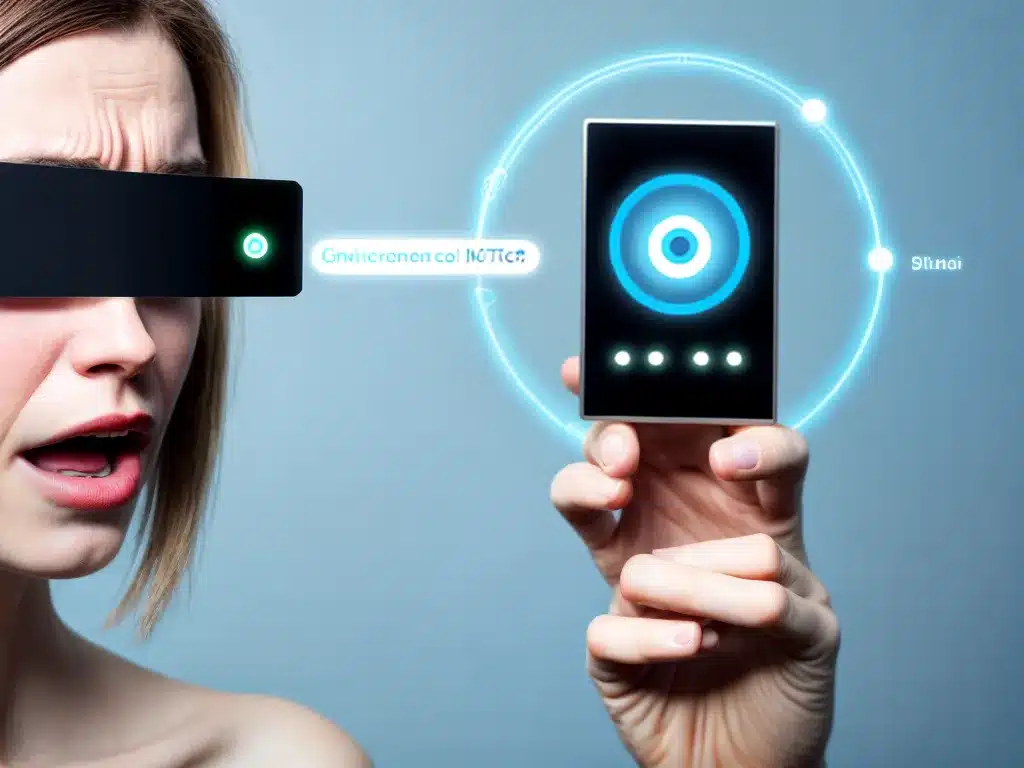
Introduction
The year 2024 will see major advances in voice control and natural language processing that will enable new hands-free and conversational interfaces for Internet of Things (IoT) devices. Voice assistants like Amazon Alexa and Google Assistant will become ubiquitous across our homes, cars, and workplaces. By simply speaking, users will be able to control smart devices, query information, and automate daily tasks.
Drivers of Voice Control Adoption
Several key factors are driving the adoption of voice user interfaces (VUIs) for IoT:
-
Advances in artificial intelligence and natural language processing – Companies like Google, Amazon, Apple, and Microsoft are making massive investments in machine learning and natural language understanding (NLU) to improve speech recognition and language comprehension. This is enabling more nuanced voice interactions.
-
Proliferation of smart speakers – Devices like the Amazon Echo and Google Home are bringing voice assistants into millions of households and familiarizing consumers with voice control. Their prevalence is fueling VUI integration with other devices.
-
Democratization of speech technology – Cloud APIs like Amazon Lex and voice recognition services like Azure Cognitive Services are lowering barriers to adding conversational voice interfaces. This is allowing more manufacturers to integrate VUIs into their products cheaply and quickly.
Key Application Areas
Here are some of the major IoT categories where we’ll see widespread adoption of voice control by 2024:
Smart Home Devices
Voice control will become ubiquitous for controlling smart home devices like:
- Smart appliances – refrigerators, ovens, washing machines
- Smart lighting – light bulbs, switches, plugs
- Media devices – TVs, speakers, streaming boxes
- Smart security – cameras, door locks, sensors
Conversational commands like “Alexa, turn on the kitchen lights” or “Siri, set the thermostat to 70 degrees” will replace apps and touchscreens.
Wearables and Hearables
Smartwatches and wireless earbuds will add voice control for hands-free use. They will integrate assistants like Siri and Google Assistant to let users get information, track health metrics, and more using natural speech while on the go.
Smart Cars
In-vehicle infotainment systems will feature expanded voice control capabilities for navigation, music playback, and vehicle settings. The car will become an extension of the smart home powered by the user’s preferred voice assistant.
Smart Offices
Voice assistants will be integrated into office equipment, allowing hands-free control over devices like printers, interactive whiteboards, and office thermostats. Workers will be able to quickly lookup calendar info, schedule meetings, and automate tasks by speaking to their office environment.
Challenges to Address
While voice control for IoT holds much promise, there remain challenges to address:
-
Privacy – Always-listening devices raise privacy concerns. Controls and transparency around data collection and retention will need to improve.
-
Interoperability – Currently, smart home devices are tied to proprietary voice assistants like Alexa or Google Assistant. Interoperability standards are needed.
-
Accuracy – Speech recognition in noisy environments remains a problem. Accuracy will need to improve greatly.
-
Discoverability – Users often don’t know the full set of voice commands for a device. Better ways of exposing capabilities are needed.
The Future of Voice
Voice control for IoT will help drive the adoption of natural interfaces across many technology segments. It lowers barriers, allowing even young children and elderly individuals to easily interact with complex devices. With the technology improving by leaps and bounds, 2024 will usher in a true revolution in how we communicate with the technology around us. The future is voice-first.












